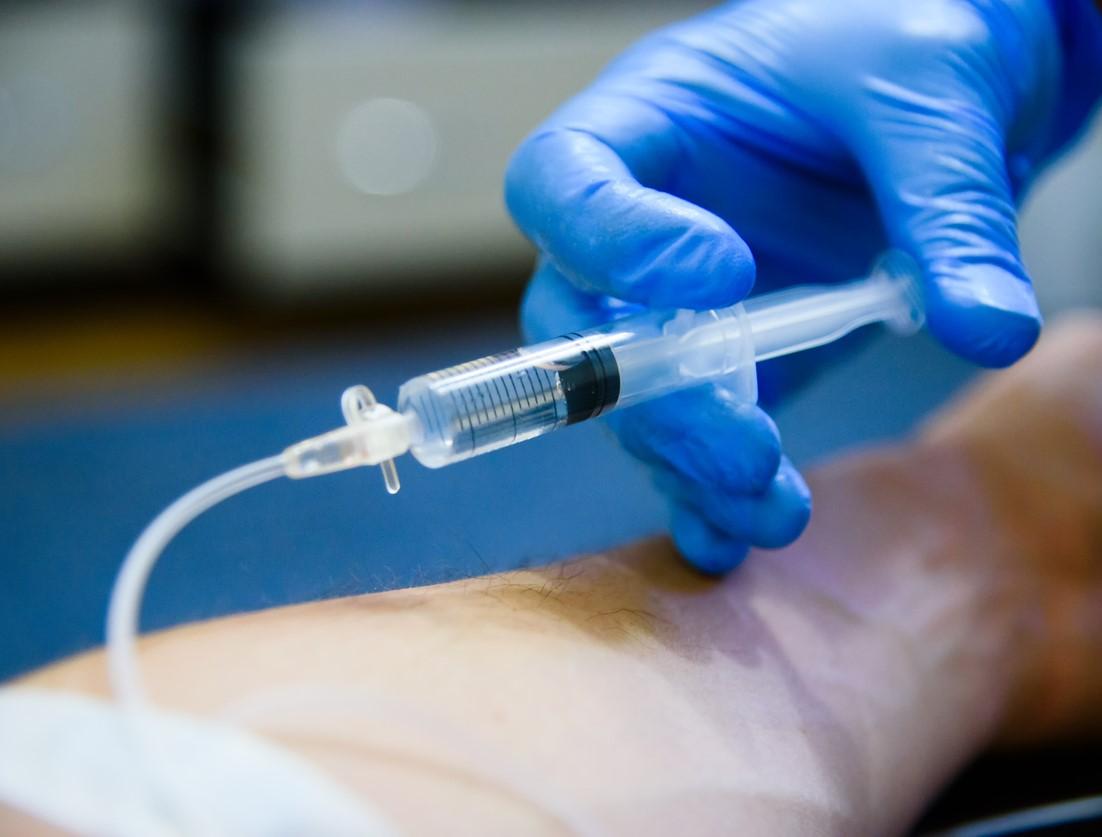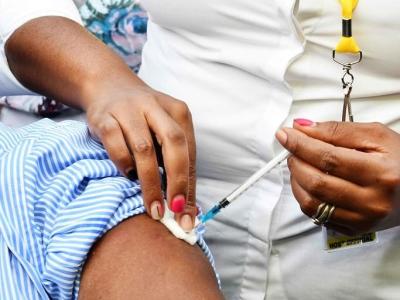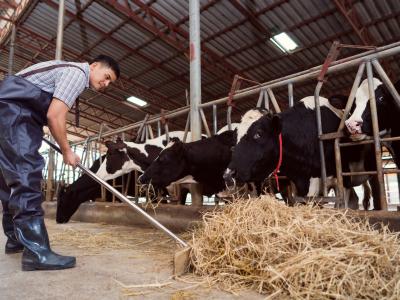
A report yesterday in the New England Journal of Medicine details detection of highly pathogenic H5N1 avian flu virus in wastewater from 10 Texas cities during the same time period the virus was detected in Texas cattle herds.
The study was conducted by researchers primarily from the University of Texas Health Science Center at Houston (UTHealth Houston) and Baylor College of Medicine. Before March 2024, H5N1 had not been detected in 1,337 wastewater samples analyzed by the team, a press release from UTHealth Houston said.
From March 4 to July 15 of this year, H5N1 was detected as part of the virome (collection of viruses present in wastewater sample) in 10 of 10 cities, 22 of 23 sites (96%), and 100 of 399 samples (25%).
"The abundance of H5N1 sequences identified has not correlated with influenza-related hospitalizations, which declined in Texas during the spring of 2024," the authors wrote.
Overall risk still low
Texas was the first state this year to confirm an H5N1 case, which involved an agricultural worker on March 28. The case-patient, who presented with conjunctivitis, among other mild symptoms, was exposed to symptomatic cattle. Since that detection, 13 other human US cases have been recorded, and all patients have made recoveries.
"The widespread detection of influenza A(H5N1) virus in wastewater from 10 U.S. cities is troubling," the authors concluded. "Although the exact origin of the signal is currently unknown, the lack of clinical burden along with genomic information suggests multiple animal sources."
The lack of clinical burden along with genomic information suggests multiple animal sources.
Despite the findings, the risk to human health without direct contact with infected cattle like remains low, the authors said.











